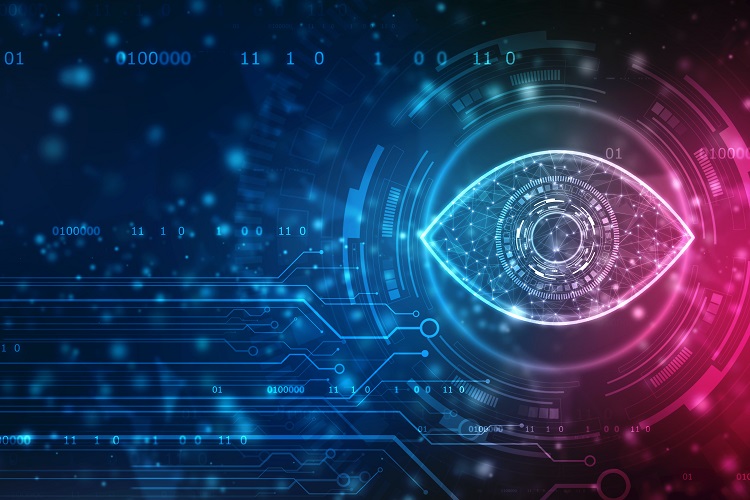Interview With Thomas Zoehrer on Artificial Intelligence: What Is Computer Vision?

We talked to Thomas Zoehrer about the future of computer vision in manufacturing and how it will shape the industry for years to come. Thomas is the CEO and Co-Founder or sSy.ai - a company focusing on computer vision and advanced analytics to support continuous improvement in manufacturing and warehousing. He considers himself as a hybrid, holding an engineering degree as well as a master's degree in economics and loves to "connect" technology and business requirements.
What is computer vision (CV)?
Let’s start with the term vision, which Merriam-Webster defines as "the act or power of seeing." Accordingly, computer vision is the ability for computers to see.
From an engineering perspective, computer vision seeks to understand and automate tasks that a human vision system performs. In other words, it transforms visual images into a description of the world. Computer visions like sSy.ai translate images into data or numerical information.
When did computer vision get started?
In 1960, the first universities (MIT and others) experimented with mimicking human vision systems as a major milestone to empower robots with intelligent behavior—I would say that you can’t manage what you can’t see. In 1966, it was believed that this could be achieved through a summer project, by attaching a camera to a computer and having it describe what it saw.
CV is currently a very booming discipline and considers use cases for quality assurance, dimensioning, or object tracking, among many other applications.
Systems like sSy.ai are specialized in extracting advanced data, including metric information of moving objects (organic or non-organic), from standard, common, off-the-shelf cameras.
How can CV help in the manufacturing environment?
I would assume everybody knows simple applications like 2D barcode reading or dimensional scanners (3D)—those are vision-based solutions used in manufacturing. New CV-based applications can be found in quality assurance or product inspection. Computer vision is also used for robotic applications in manufacturing and also trending in the warehouse space for automated robotic picking.
The latest applications can be found in object recognition and object tracking. Camera systems including intelligence can identify objects—for example, a person, a forklift truck, or products/WIPs. We are using such technologies to track objects and visualize movements with digital spaghetti maps or heat maps. Such applications are used for analytics to identify waste hotspots in operations.
Currently, enormous efforts are required to gather product routing/tracking information (e.g., RFID). We are confident that CV can provide a cost-efficient alternative for such requirements.
Let’s talk more about heat maps. What are they and how are they used?
We are providing heat maps to identify density or, more precisely, hotspots. Hotspots could be value-added or waste hotspots. We can provide such visualizations cost-efficiently and quite quickly. In fact, we can provide the first results within 24 hours after we received the digital data/videos.
Typically, when we identify waste hotspots, we dig deeper and do more detailed analytics. For example, we create digital spaghetti maps to determine walking waste, etc. Keep in mind, this is still from the same footage capture.
For now, heat maps are just interpretations or a visualization tool. However, soon CV-based object data will be available in real-time and feed IoT networks for instant and dynamic control.
You mentioned real-time dynamic data. Can you explain this in more detail and provide an example?
As mentioned before, for now, it’s quite costly to generate real-time data specifically for tracking, because such solutions are sender/receiver-based solutions.
Our vision of the future around real-time positioning is vision—if that makes sense. CV will extract more complex information from images, including dynamic metrics, and will have the capability to provide such information instantly or in real-time—a receiver-only technique.
Real-time data will move the CV applications from visualization (heat maps) to instant control. For example, two objects—an operator and a forklift truck— are on a colliding path. Instant information (positioning) in real-time allows the ability to “see” that and reroute the objects for more efficiency.
An insurance company that cares about you and insuring the things you wish to be insured.
Get a Quote> Find an Agent>

